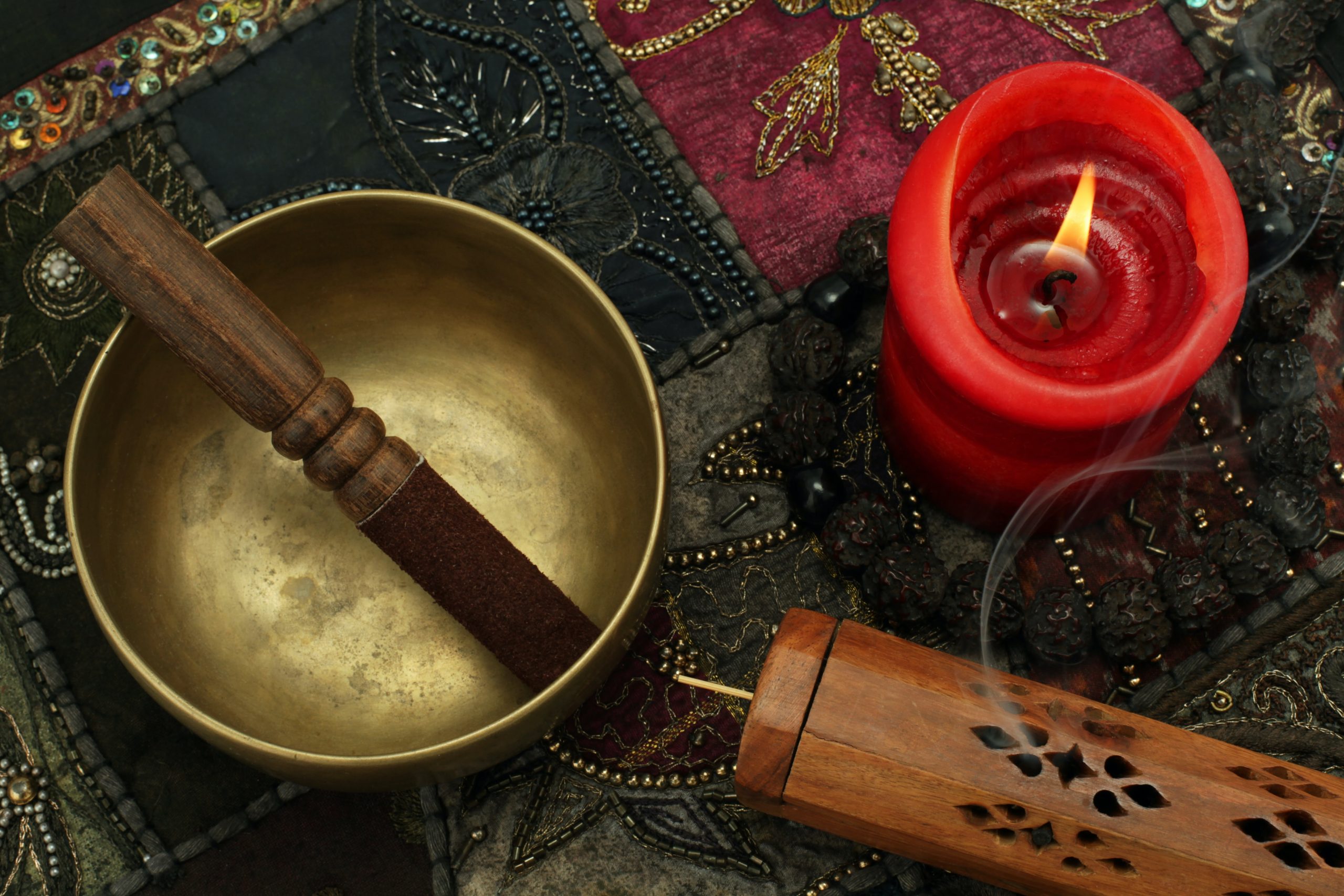An altar is a sacred place.
Sacred in the sense of displaying items that are meaningful and symbolic to us. Not necessarily sacred in a religious sense, although it can be if we so wish.
And while most of us probably grew up associating altars with churches, temples, and more religiously-inclined locations, it is becoming less unusual to see them in homes.
As our understanding of spirituality broadens beyond the dogmatic concepts taught by organised religions into an evolving and growing understanding of our own true selves — and how we are connected with all that exists in our world — it’s becoming less weird to set up an altar in our personal space to visually remind us of what is important to each of us, individually.
What makes our altars sacred is the representation of values, qualities, beliefs — even goals — we assign personal significance to. It helps us to ground our connection with what we hold dear — and with the Divine, if we wish to feel that connection too.
It can be used as a focal point during meditation or chanting, or it can simply be a visual tool to remind us to be mindful of aligning with our own highest self, and highest calling.
Setting up an home altar.
Ideally, we would set up our altar in a place where we will see it daily — and preferably, frequently throughout the day. Choose a raised surface such as a small table, a shelf or a window sill. It can also be placed on a larger table with boundaries set for the altar area by using a tray or a cloth on which the altar objects are placed.
Once you’ve chosen the location for your altar, gather some “sacred” pieces for placement. These can be statues or images of spiritual deities, Christian saints, angels — whatever you feel a connection with. Any elemental items that you feel drawn to such as stones, feathers, shells — things that you may have gathered on walks that have some meaning for you. Live plants and flowers are a good touch (and also help to represent the elements of nature). You could place an envelope with a personal intention (or intentions for each area of your life) on it. Crystals, incense, and candles are good for activating the altar.
Before you place your items, first cleanse the space. Physically clean the area and then energetically clear it with sound (chimes, bells, or a singing bowl) or incense. Then intentionally place each item on the altar in a spot that feels right to you, being mindful of the reason this item has been selected for this sacred place.
Attend to your altar regularly. Dust it and the items on it. Change the items on it whenever it feels right to do so. Allow it to be ever-evolving — like your life — and always reflecting what matters to you most right now.
Light your candles and incense. If you have any bells or chimes on it, use them too. If you meditate daily and your altar is in a place where you can comfortably sit or kneel before it, this would be a wonderful place to conduct your daily practice. If it’s not a comfortable spot for meditation, then maybe a small daily prayer or invocation might feel good. Or, if you choose a daily card from an oracle deck, you could also place it here to remind you throughout the day of the message.
Every altar is extremely personal and when we attune to it on a regular basis it becomes a space that helps us connect with our highest self. It can help to influence our mood and outlook, reminding us to hand problems beyond our control over to a higher power. It can remind us of our own personal intentions for how we want to be in the world, or simply to slow down for a minute or two and connect with the present moment through our breath.
The possibilities of how to use an altar are endless. It’s up to each of us to decide where to put it, what to put on it, how to use it, and what intentions to activate through it.
But creating a home altar, and taking a moment or two to pause there each day, brings the sacred into the mundane everyday. And over time these sacred moments build up into a more mindful approach to how we live our lives.
First published on The Urban Howl.
